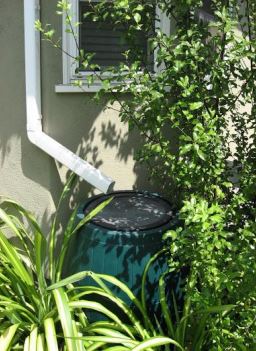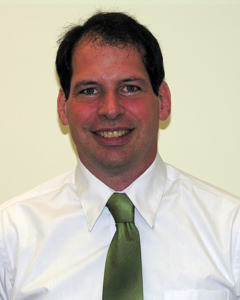More than Tunnel Vision
by Jennie Saxe
A few months ago, we blogged about the massive engineering project to construct tunnels beneath the District of Columbia using giant tunnel boring machines. These tunnels are being constructed to hold onto stormwater and reduce combined sewer overflows, which can result in harmful bacteria in the District’s waterways.
“Gray” solutions, like tunnels and treatment plant upgrades, are not the only part of the District’s plans. Last week, EPA officially gave the green light to DC Water’s plans to add a significant amount of green infrastructure to the mix to protect the Potomac and Rock Creek watersheds. Fittingly, this announcement was made atop the green roof at DC Water’s Ft. Reno reservoir. Using green with gray provides stormwater management capacity while creating a healthier urban environment. In addition, the implementation of these green infrastructure projects will result in water quality benefits during the installation process. This is very different from grey infrastructure where the benefit is only realized at completion of construction.
To follow the progress of the Clean Rivers project, check out DC Water’s Clean Rivers Project website, or follow the tunnel boring machines – Nannie, Lady Bird, and Lucy – on Twitter.
About the author: Dr. Jennie Saxe joined EPA’s Mid-Atlantic Region in 2003 and works in the Water Protection Division on sustainability programs.








